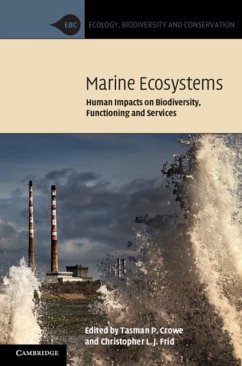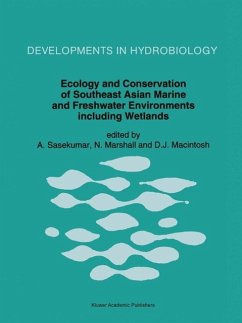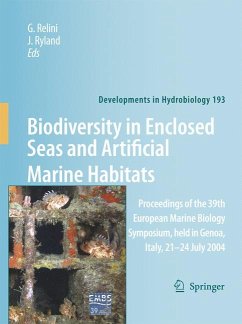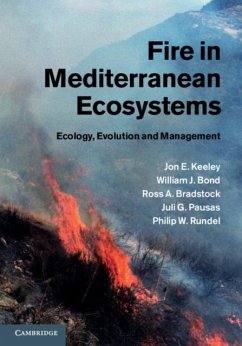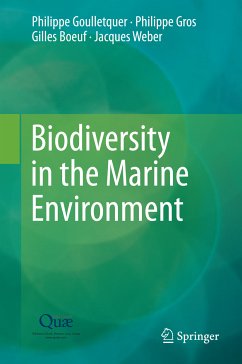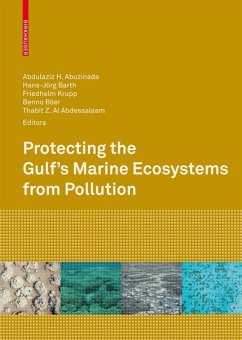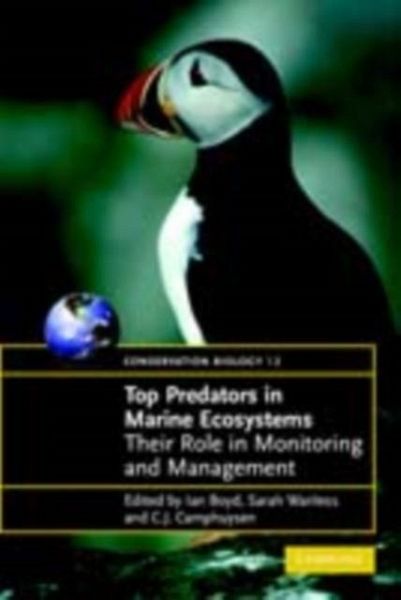
Top Predators in Marine Ecosystems (eBook, PDF)
Their Role in Monitoring and Management
Redaktion: Boyd, I. L.
Versandkostenfrei!
Sofort per Download lieferbar
62,95 €
inkl. MwSt.
Weitere Ausgaben:

PAYBACK Punkte
31 °P sammeln!
The sustainable exploitation of the marine environment depends upon our capacity to develop systems of management with predictable outcomes. Unfortunately, marine ecosystems are highly dynamic and this property could conflict with the objective of sustainable exploitation. This book investigates the theory that the population and behavioural dynamics of predators at the upper end of marine food chains can be used to assist with management. Since these species integrate the dynamics of marine ecosystems across a wide range of spatial and temporal scales, they offer new sources of information th...
The sustainable exploitation of the marine environment depends upon our capacity to develop systems of management with predictable outcomes. Unfortunately, marine ecosystems are highly dynamic and this property could conflict with the objective of sustainable exploitation. This book investigates the theory that the population and behavioural dynamics of predators at the upper end of marine food chains can be used to assist with management. Since these species integrate the dynamics of marine ecosystems across a wide range of spatial and temporal scales, they offer new sources of information that can be formally used in setting management objectives. This book examines the current advances in the understanding of the ecology of marine predators and will investigate how information from these species could be used in management.
Dieser Download kann aus rechtlichen Gründen nur mit Rechnungsadresse in A, B, BG, CY, CZ, D, DK, EW, E, FIN, F, GR, HR, H, IRL, I, LT, L, LR, M, NL, PL, P, R, S, SLO, SK ausgeliefert werden.




